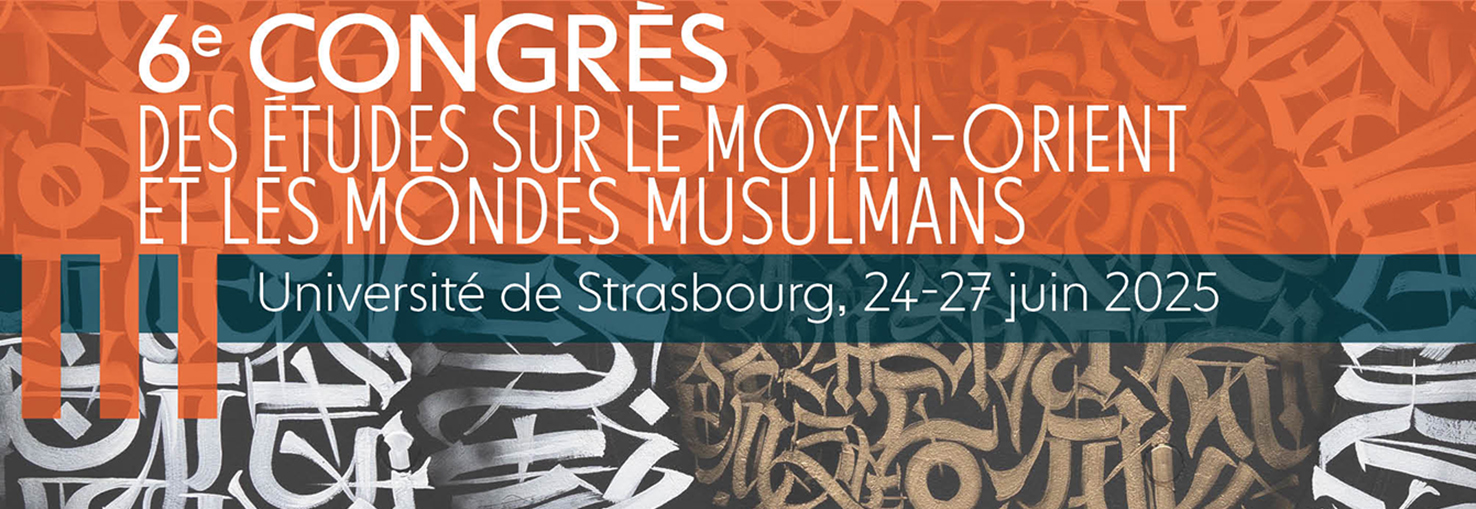Vendredi 27 juin 2025, 8h30-10h30, Salle 3215
RESPONSABLE :
Roman Stadnicki (Université de Tours, CITERES-EMAM)
INTERVENANTS DE L'ATELIER :
Gülçin Erdi (CNRS-IFEA) : L'immobilier comme source de diplomatie d'influence : Les entreprises turques dans les projets urbains au Kazakhstan
Real estate as a source of influence diplomacy: Turkish companies in urban projects in Kazakhstan
Paul Wolkenstein (Inalco, CREE) : Équipements post-soviétiques financés par la Turquie en Asie centrale : Entre récits urbains revivalistes et néofuturistes
Large post-Soviet buildings financed by Turkey in Central Asia: Between revivalist and neo-futurist urban narratives
Jeanne Gorin (Université Paris 8, Cresppa-Labtop, CEDEJ) : Promoteurs immobiliers et pays du Golfe dans la nouvelle capitale administrative égyptienne
Real estate developers and Gulf countries in Egypt's new administrative capital
Julien Thorez (CNRS, Centre de recherche sur le monde iranien, CeRMI) et Roman Stadnicki (Université de Tours, CITERES-EMAM) : Du projet au promoteur : Abu Dhabi Plaza (Astana) par Aldar (Abu Dhabi)
From project to developer: Abu Dhabi Plaza (Astana) by Aldar (Abu Dhabi)



